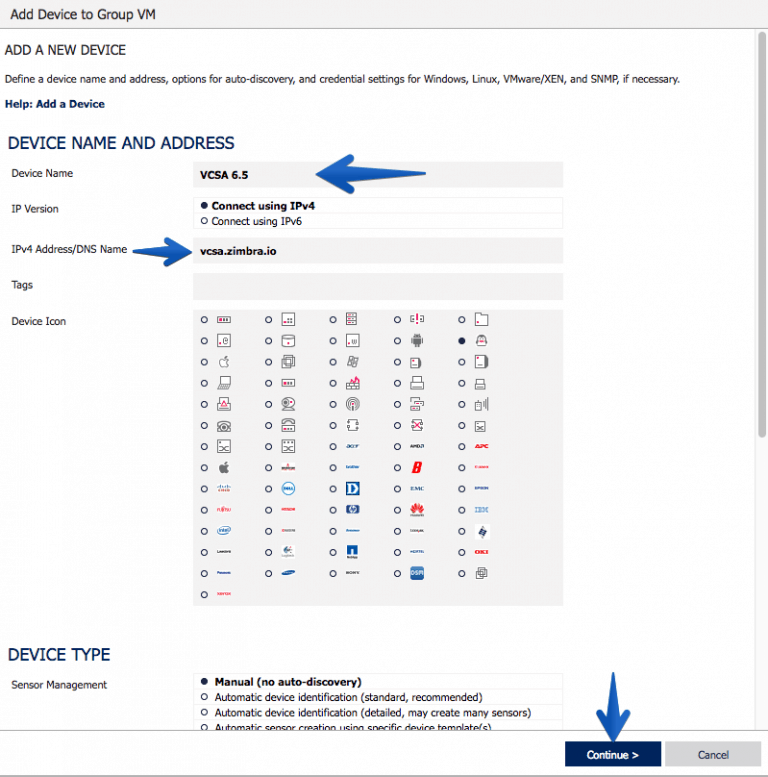

# OPTIONS="-Lsd -p /var/run/snmptrapd.pid" # traphandle SNMPv2-MIB::coldStart /usr/bin/bin/my_great_script coldĪnd in /etc/sysconfig/snmptrapd: # snmptrapd command line options # No traps are handled by default, you must edit this file! In /etc/snmp/nf: # Example configuration file for snmptrapd
#Linux snmp trap receiver vmware appliance install
sudo yum install -y net-snmp net-snmp-utils We start by making sure Net-SNMP is installed. I'll use my CentOS 6.2 box as a guinea pig here.

Configure snmptrapd to receive traps and write them to a logfile.So given the decision to use the native snmptrapd then our list of steps gets refined a little. MIBS are suddenly orders of magnitude easier to deal with, because we're not fooling with the obtuse (or is it abstruse?) MIB format that pySNMP uses.Similar to syslog, the snmptrapd daemon will need to be restarted far less often than Splunk and it will restart orders of magnitude faster. It minimizes the possibility of missing SNMP traps due to Splunk restarts.It makes debugging easier, because I have a file that traps should land in - regardless of whether Splunk is properly configured to process that file or not.That is, Splunk does not have to run as root, and there is no iptables port redirection magic required in order to map packets arriving at 162 to a higher port.
#Linux snmp trap receiver vmware appliance code


 0 kommentar(er)
0 kommentar(er)
